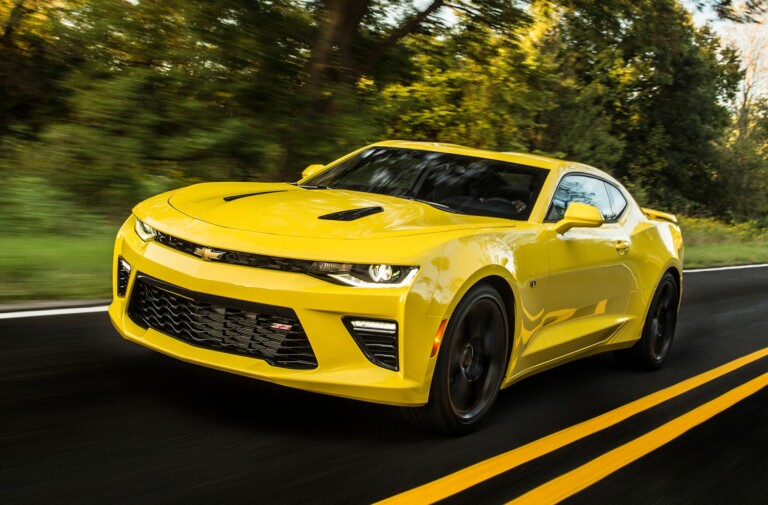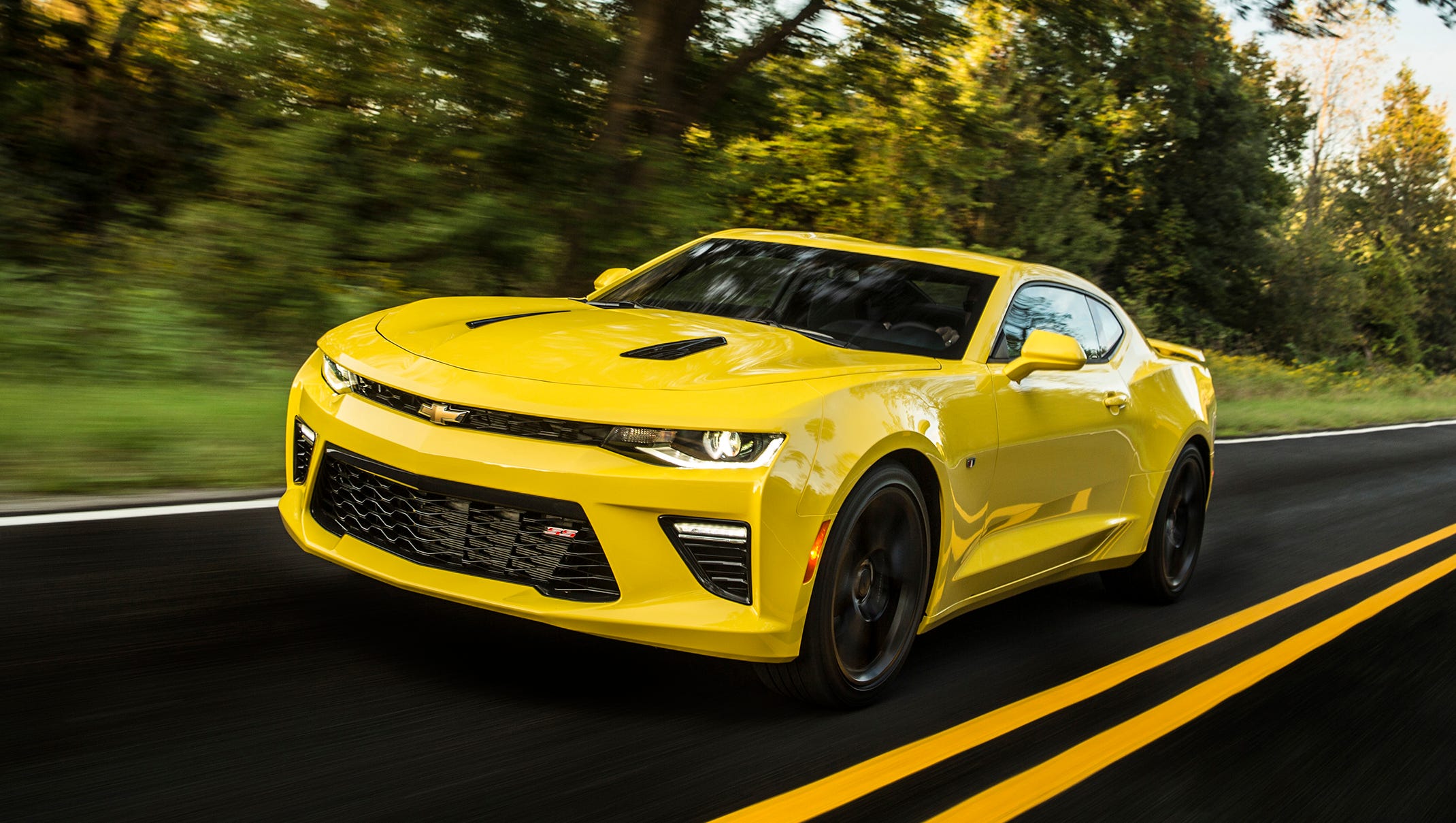Sometimes, you chase an idea just to see how far it can go—literally. Cleetus McFarland, known for his over-the-top automotive experiments, took this philosophy to a new extreme when he and his team decided to strap a 300-foot turbo system onto Mullet, their 3,000-horsepower El Camino. Spoiler alert: The turbo experiment didn’t end well. But wow, was it fun to watch.
The goal was simple: push the limits of turbocharging, albeit with a plumbing twist. The plan? Replace Mullet’s proven set up with a turbo system made entirely of non-pressurized PVC pipe—the kind that explicitly says, “not for pressure” on the label. Naturally, this wasn’t going to end in record-breaking horsepower, but that wasn’t the point. It was science—or at least McFarland’s version of it.
Mullet hit the dyno with its regular turbos, cranking out 2,113 horsepower—no sweat. Then came the real challenge: assembling 300 feet of PVC pipe into a functional turbo kit. Glue flew everywhere. There were jokes about non-pressurized disasters and questionable engineering choices. By the end, the shop looked like a mad scientist’s laboratory, with the world’s longest turbo kit zig-zagging through it.
The results? Let’s just say they were humbling. On the dyno, Mullet coughed out just 361 horsepower—less than its naturally aspirated baseline. Boost barely climbed to nine pounds at the manifold, while the turbos wheezed against the sheer volume of piping. The exhaust shot flames, the shop filled with methanol fumes, and temperatures soared, but McFarland didn’t want to talk about the exact temperature.
Even McFarland, the eternal optimist, had to laugh. “This motor is fighting for air and its life,” he quipped. The team speculated that the turbo system was so restrictive, that it couldn’t supply enough airflow to keep the engine running properly.
In the end, the turbo experiment wasn’t about success—it was about the journey. McFarland and his crew showed the value of embracing failure, laughing through the chaos, and learning from every turn of the wrench. The lesson? Turbo systems work best when they’re efficient, not when they’re the length of a football field. But hey, at least they had fun proving it.




















